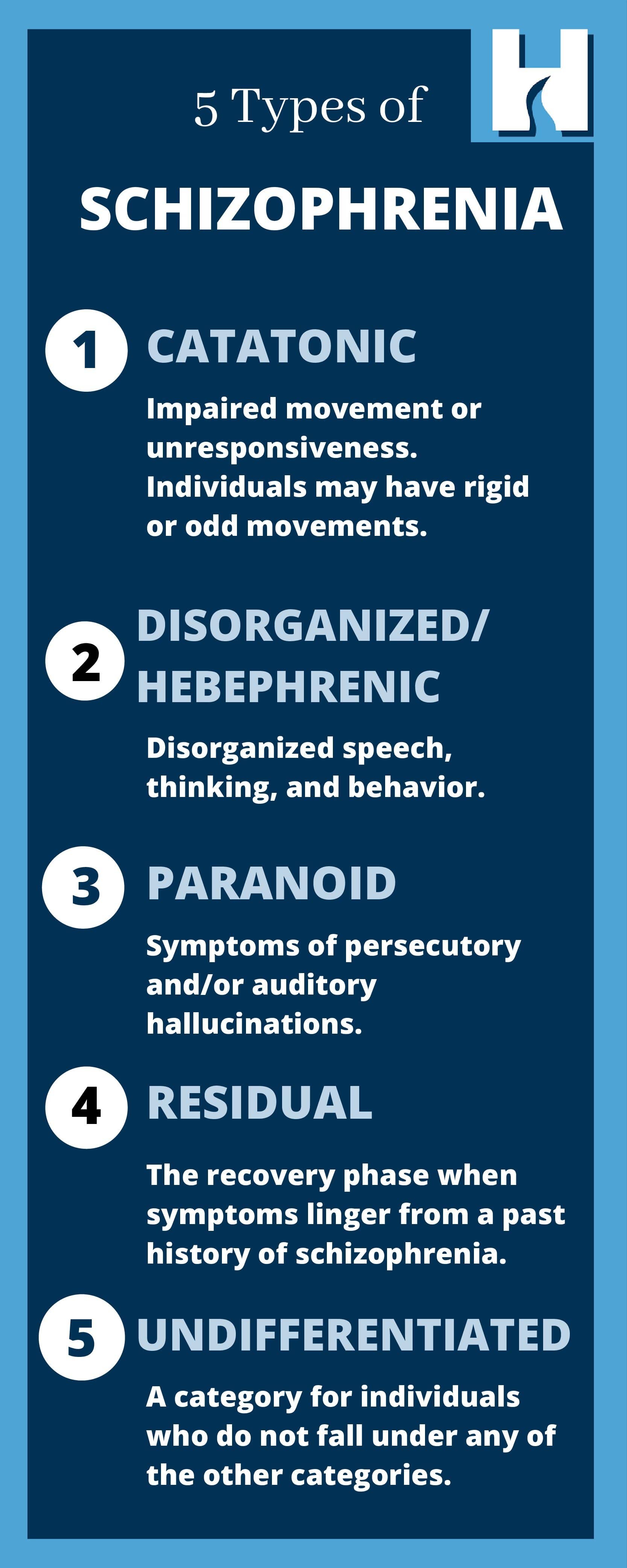Schizophrenia Spectrum and Other Psychotic Disorders
Individuals with schizophrenia spectrum and other psychotic disorders experience a range of often debilitating symptoms that may include hallucinations, delusions, and disorganized thinking, speech, and/or disorganized or unusual behavior. Psychotic disorders include schizophrenia, schizoaffective disorder, schizophreniform disorder, brief psychotic disorder, delusional disorder, shared psychotic disorder, substance-induced psychotic disorder, and paraphrenia. According to the National Institute of Mental Health, less than 1% of Americans have schizophrenia.
What is Schizophrenia Spectrum?
Schizophrenia is a complicated illness that is often misunderstood. It is a chronic illness that can be debilitating since people with schizophrenia often cannot distinguish between reality and their hallucinations and delusions.
This can result in poor compliance with treatment including poor compliance with taking critical and effective medications as prescribed. Schizophrenia often first appears in men in their late teens or early twenties. Onset in women is typically twenties or early thirties. Schizophrenia has a strong genetic component and may run in families, but can be effectively treated with medication and therapy.
What are the five types of schizophrenia based on the predominant symptoms?
-
Catatonic schizophrenia
-
Disorganized schizophrenia/hebephrenic schizophrenia
-
Paranoid schizophrenia
-
Residual schizophrenia
-
Undifferentiated schizophrenia

However, a client's subtype of schizophrenia can change throughout the course of his/her illness. Therefore, mental health professionals typically classify patients into three broader diagnoses called schizophrenia spectrum disorders.
There are three schizophrenia spectrum disorders:
-
Schizoaffective disorder
Similar to schizophrenia with major mood episodes (major depressive disorder or bipolar disorder)
-
Schizophreniform disorder
Identical to schizophrenia, but the duration of symptoms is less (longer than a month but less than six months)
-
Schizotypal personality disorder
Similar to schizophrenia, but episodes are not as frequent, prolonged or intense. Individuals can usually be made aware of the difference between their distorted ideas and experiences, and reality.

There are 5 other psychotic disorders. These include:
-
Brief psychotic disorder
Classification used when psychotic symptoms come on suddenly and only last less than a month.
-
Delusional disorder
An individual displays one or more delusions for at least a month. This is different from schizophrenia, as functioning is generally not impaired and behavior (other than the delusion) doesn't appear "odd". There are several different types of delusional disorder, including: grandiose, jealous, persecutory, somatic, erotomatic, and mixed. If an individual's delusions does not fall into one of these categories, or cannot be clearly defined, the disorder is classified as unspecified delusional disorder.
-
Shared psychotic disorder
One person in a relationship has a delusion, and the other person adopts the same false, fixed belief.
-
Substance-induced psychotic disorder
Characterized by hallucinations and/or delusions due to the direct effects of a substance, or withdrawal from a substance.
-
Paraphrenia
Similar to schizophrenia, but starts later in life (elderly).
If you are in crisis, please call the Suicide Prevention Lifeline
